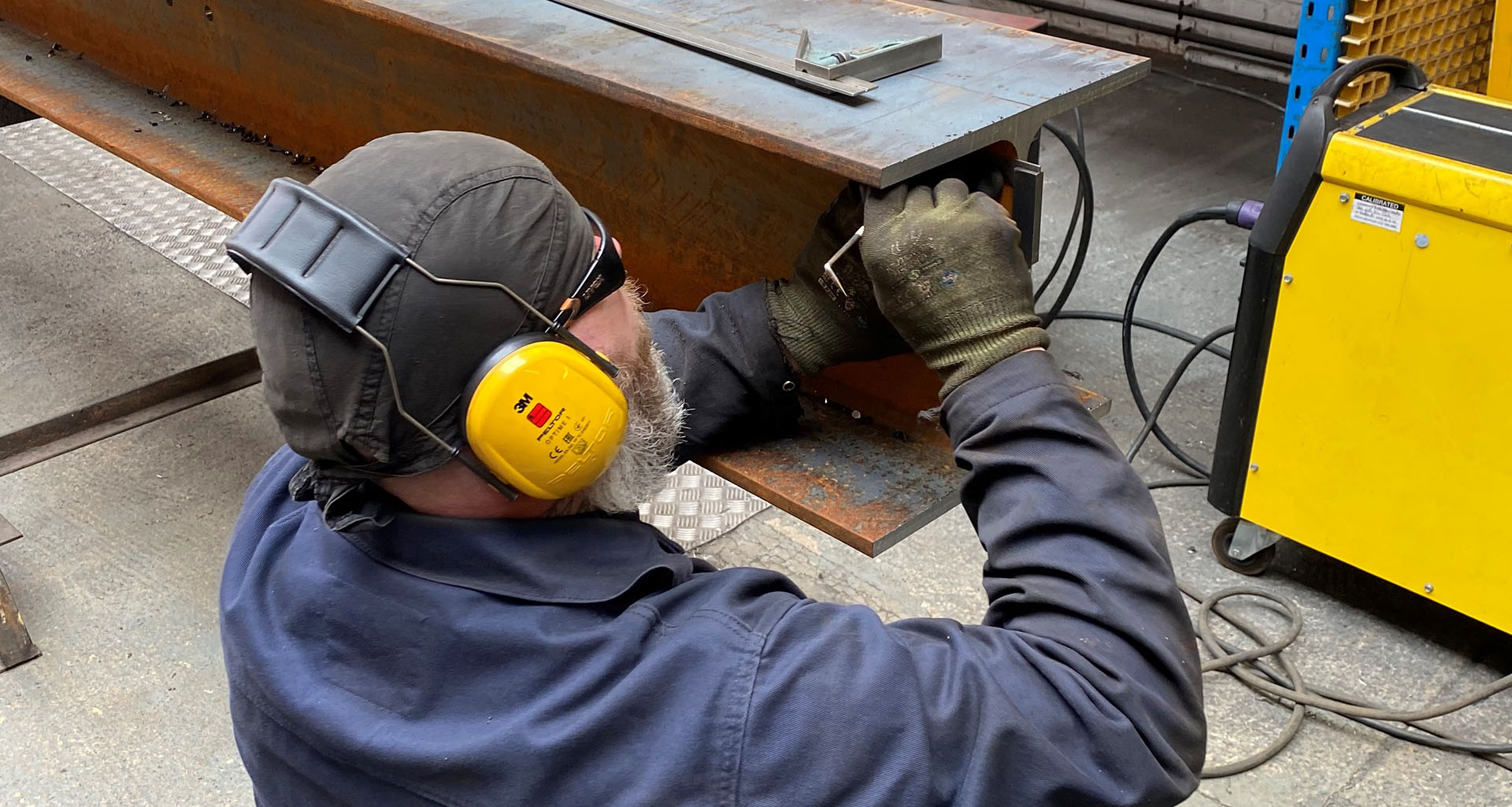A Comprehensive Guide to Welding Inspection Madison Specifications
Wiki Article
The Importance of Thorough Welding Inspection in Industrial Applications
In the realm of industrial applications, the value of meticulous welding assessment can not be overemphasized. As we check out the complex benefits of persistent welding examinations, one must think about the more comprehensive ramifications on safety and security, integrity, and cost-effectiveness in industrial operations.Enhancing Architectural Honesty
When it involves welding inspection in industrial applications, enhancing structural stability is extremely important. The main objective of welding examination is to make certain that the welds can bearing the expected stresses and loads they will come across in solution. This involves a comprehensive analysis of the welds' dimensions, alignment, and overall quality, ensuring they satisfy the specified requirements and codes. Accurate examination approaches, such as aesthetic assessment, ultrasonic screening, and radiographic testing, are critical in identifying issues that could compromise the structure's safety and functionality - Welding Inspection Madison.The relevance of maintaining architectural stability in welded frameworks can not be overemphasized. Badly performed welds can lead to tragic failures, leading to expensive repairs, downtime, and also endangerment of human lives. Inspectors play an important role in the lifecycle of commercial components, giving guarantee that the welding process supplies the desired stamina and resilience.
In addition, advanced modern technologies, such as phased range ultrasonic screening and digital radiography, offer enhanced abilities in identifying potential weak points, enabling restorative measures prior to concerns escalate. By focusing on the honesty of welds through precise examination, markets can make certain operational efficiency and prolong the long life of their facilities.
Recognizing Welding Defects
Determining welding defects is an important element of guaranteeing the security and dependability of welded structures. Typical welding defects include porosity, cracks, insufficient fusion, and undercutting.
Knowledgeable examiners make use of both visual exam and advanced non-destructive testing (NDT) approaches, such as ultrasonic or radiographic screening, to find these problems. The timely recognition and rectification of welding defects are necessary to preserve the structural honesty and longevity of industrial elements.
Ensuring Conformity Requirements
Compliance with well established requirements, such as those offered by the American Welding Society (AWS) and the International Company for Standardization (ISO), makes certain that welds fulfill minimal safety and security and top quality needs. These requirements include a vast array of requirements, consisting of product requirements, welding treatments, and credentials of welders.
Normal audits and examinations are vital in verifying compliance. Assessors need to possess a thorough understanding of the appropriate criteria and be proficient at using numerous non-destructive testing (NDT) approaches to assess weld top quality. By guaranteeing that welding techniques line up with compliance requirements, companies alleviate the threat of non-conformity, which can result in lawful liabilities and safety risks.
Moreover, maintaining conformity not just safeguards structural stability but likewise improves a company's reputation in the sector. Stakeholders and clients are more probable to trust fund firms that consistently demonstrate a dedication to top quality and safety with strenuous conformity. Hence, guaranteeing conformity criteria is an important component in the successful application of welding in industrial applications.
Minimizing Maintenance Costs

The right here application of innovative non-destructive testing (NDT) methods, consisting of ultrasonic, radiographic, and magnetic particle examinations, improves the ability to spot subsurface flaws without endangering the structural honesty of components. By using these methods, sectors can considerably expand the life span of their tools, minimizing downtime and the associated monetary burden of maintenance activities.
Furthermore, a robust welding inspection routine sustains the optimization of maintenance timetables, shifting from reactive to anticipating upkeep techniques. This proactive method not only stops unexpected failings but likewise simplifies resource allowance, ensuring that maintenance initiatives are focused and reliable. Ultimately, the investment in strenuous welding inspection is balanced out by the considerable financial savings realized with reduced upkeep needs, contributing positively to the overall functional performance of commercial enterprises.
Improving Precaution
Welding inspection plays a critical role in this context, as it makes certain that all joints and links satisfy strict safety and security standards. Comprehensive examinations assist determine defects such as splits, porosity, or insufficient combination that could jeopardize structural integrity.Methods like ultrasonic testing, radiographic screening, and magnetic fragment evaluation enable for detailed examination without harming the basics framework. Implementing a robust high quality control system that consists of regular training for examiners and welders makes certain adherence to established safety requirements.
Last but not least, cultivating a culture of safety within the organization emphasizes the value of thorough welding evaluations. Motivating open interaction and partnership among assessors, welders, and designers adds to a shared commitment to security excellence. Welding Inspection Madison. In doing so, markets can protect their operations, safeguard workers, and preserve public trust

Conclusion
Extensive welding inspection is vital in industrial applications, dramatically improving structural stability and reliability. Eventually, the attentive execution of welding examinations plays a critical function in maintaining operational performance and safety in industrial setups.As we explore the diverse advantages of persistent welding examinations, one should think about the more comprehensive implications on security, integrity, and cost-effectiveness in industrial operations.
The key objective of welding evaluation is to make sure that the welds are qualified of bearing the expected anxieties and lots they will certainly encounter in service. Efficient welding examination plays an integral role in reducing these expenses by making certain the integrity and longevity of welds, thus reducing the danger of early failings.Complete welding examination is essential you can try here in commercial applications, considerably improving structural stability and reliability. Eventually, the thorough implementation of welding assessments plays a vital duty in keeping functional effectiveness and security in industrial settings.
Report this wiki page